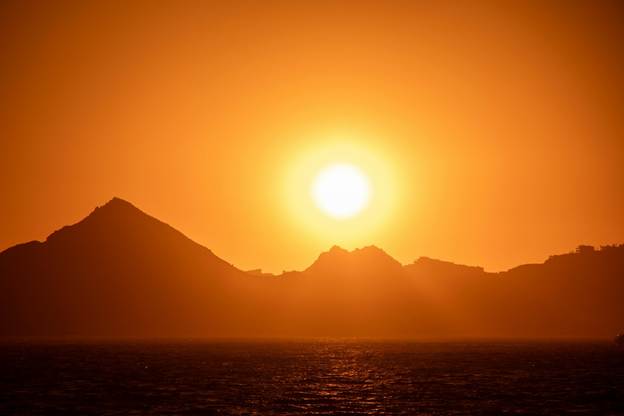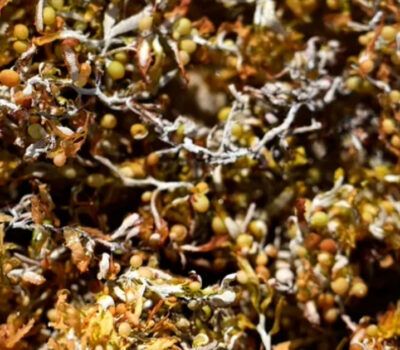
The Climate Is Always Hot and Humid
A common misconception about Mexico is that it is a country characterized solely by hot and humid weather. This stereotype overlooks the vast geographical diversity that contributes to a wide range of climatic conditions across the nation. From temperate highlands and cooler mountainous regions to arid deserts and tropical coastlines, Mexico offers a variety of climates that cater to different preferences and lifestyles.
Temperate Climates
Central Highland Cities
Cities located in Mexico’s central highlands, such as Mexico City and Guadalajara, enjoy mild and pleasant temperatures year-round. Situated at elevations exceeding 1,500 meters (4,921 feet) above sea level, these areas benefit from a temperate climate characterized by warm days and cool nights.
- Mexico City: The capital city experiences average temperatures ranging from 12°C to 18°C (54°F to 64°F). The high altitude moderates the heat, providing a comfortable environment for residents and visitors. The city has a distinct dry season from November to April and a rainy season from May to October, but humidity levels remain relatively low.
- Guadalajara: Known as the “Pearl of the West,” Guadalajara has a similar climate to Mexico City, with slightly warmer temperatures. The city’s average temperatures fluctuate between 15°C and 27°C (59°F to 81°F), offering a pleasant atmosphere that supports outdoor activities and cultural events throughout the year.
These temperate climates make the central highland cities attractive destinations for those seeking to avoid extreme heat or humidity.
Cooler Regions
High-Elevation Areas
Places located at higher elevations, such as San Miguel de Allende and Puebla, experience cooler climates that can be surprising to those expecting perpetual warmth.
- San Miguel de Allende: Situated at an elevation of about 1,900 meters (6,234 feet), this UNESCO World Heritage city enjoys mild temperatures ranging from 10°C to 25°C (50°F to 77°F). The cooler climate complements the city’s well-preserved colonial architecture and vibrant arts scene, making it a popular destination for expatriates and tourists alike.
- Puebla: Nestled near the base of the Popocatépetl and Iztaccíhuatl volcanoes, Puebla sits at an altitude of 2,175 meters (7,136 feet). The city experiences average temperatures between 7°C and 25°C (45°F to 77°F), with cooler nights and mornings. The refreshing climate enhances the appeal of Puebla’s rich culinary traditions and historical sites.
In these regions, it’s not uncommon for residents to use fireplaces or heaters during the cooler months, a stark contrast to the hot and humid stereotype.
Varied Weather Patterns
A Climate for Every Preference
Mexico’s vast size and diverse topography result in a wide array of weather patterns:
- Tropical Climates: Coastal areas along the Caribbean Sea and the Gulf of Mexico, such as Cancún and Veracruz, experience tropical climates with warm temperatures and higher humidity. These regions are ideal for beach enthusiasts and those who enjoy water sports and marine life exploration.
- Arid and Semi-Arid Climates: Northern states like Chihuahua and Sonora feature desert landscapes with hot days and cool nights. The arid climate supports unique ecosystems and offers opportunities for activities like hiking and stargazing.
- Rainforests and Humid Regions: The southern state of Chiapas is home to lush rainforests and high humidity levels. The abundant rainfall supports rich biodiversity, including exotic wildlife and plant species.
- Temperate Forests: States like Michoacán and Jalisco have temperate forests that experience moderate temperatures and distinct seasons. These areas are known for their pine and oak woodlands and are popular for eco-tourism and outdoor recreation.
This climatic diversity means that whether someone prefers a warm beach environment, a cool mountain retreat, or an arid desert setting, Mexico has a region that fits the bill.
When considering a move to Mexico, many Americans grapple with preconceived notions that may color their perception of what life in this diverse and . . .












